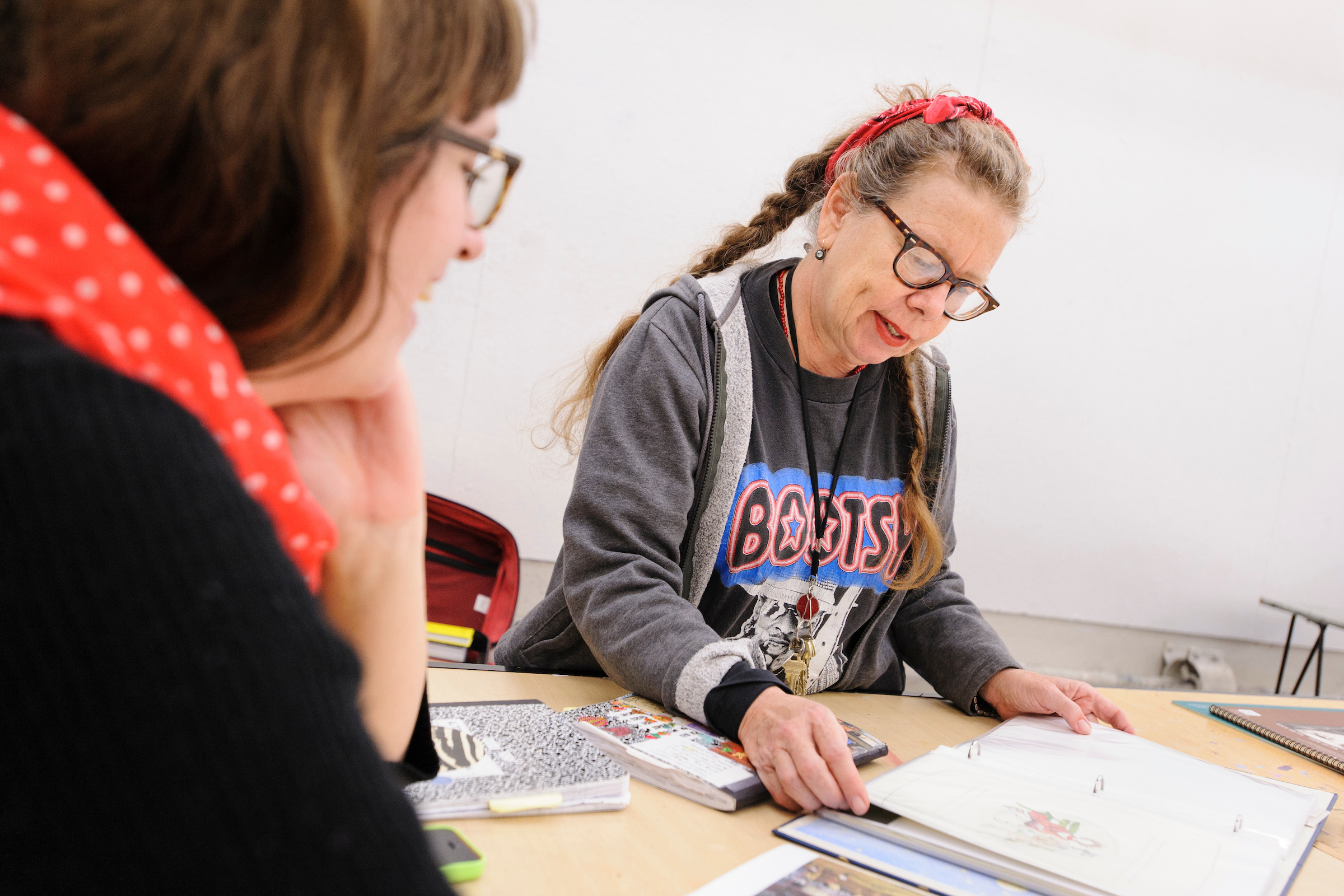Contemporary Drawing
Life Drawing trains the hand, eye and mind in the timeless pursuit of the figurative image. The human figure challenges the observant artist working with drawing and painting materials on paper as no other form can. Students sharpen their observational skills, enlarge their figurative visual repertoire or engage in provocative self-expression. Through the act of “drawing ourselves” via the model, we engage in a complex dialogue of understanding who we are from the distance and dispassion of an observer. As we try to reveal the truth of what we see before us, we also confront and celebrate the uniqueness of the human form in the psychological and emotional connections resident in no other subject.
Courses
Art 312: Intermediate Drawing
Art 512: Advanced Drawing I
Art 446: Illustration for Fine Artists
Art 232: Life Drawing I
Art 332: Life Drawing II
Art 532: Advanced Life Drawing I
Art 632: Advanced Life Drawing II
Fred Stonehouse
Leslie Smith III

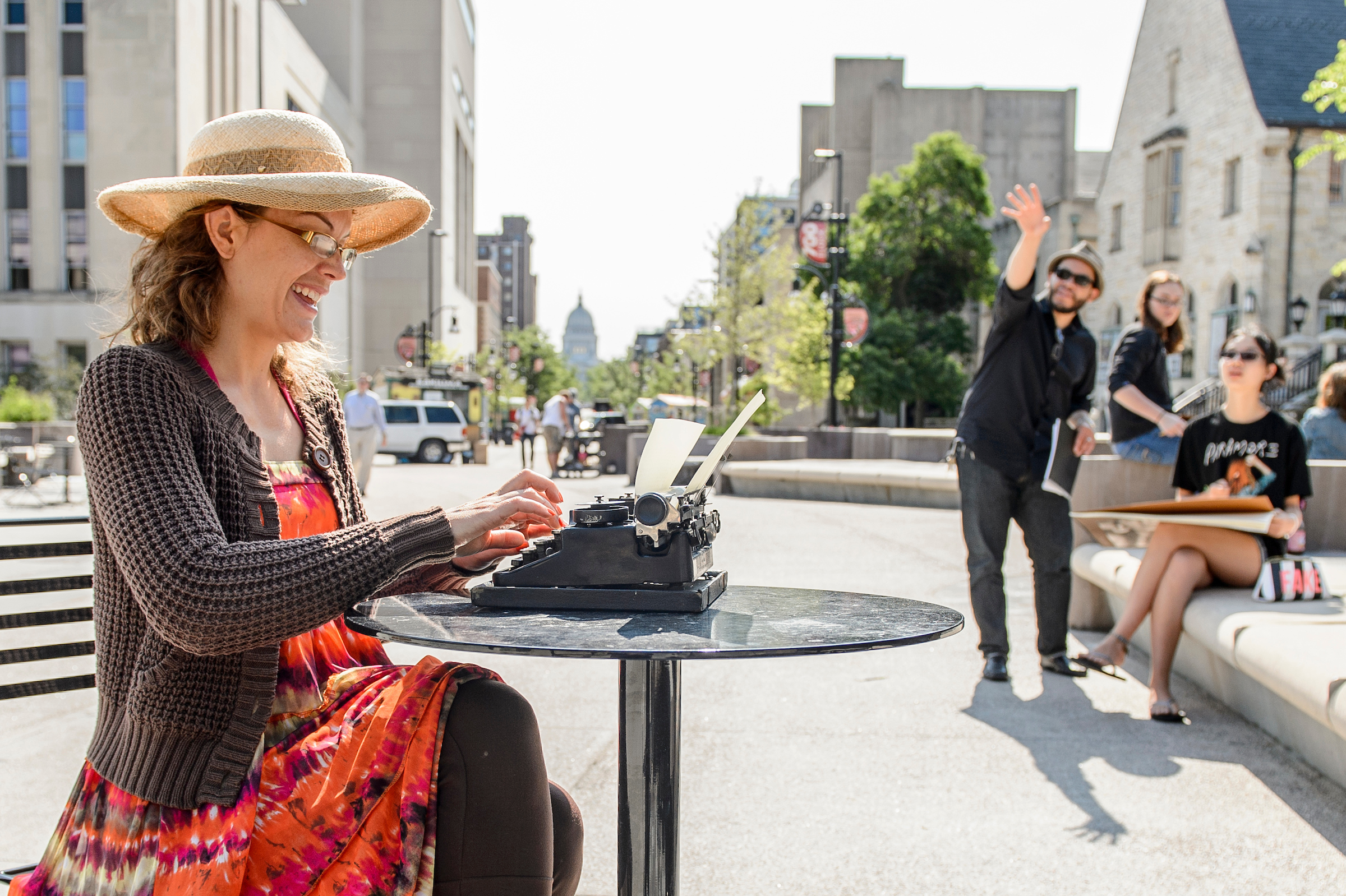
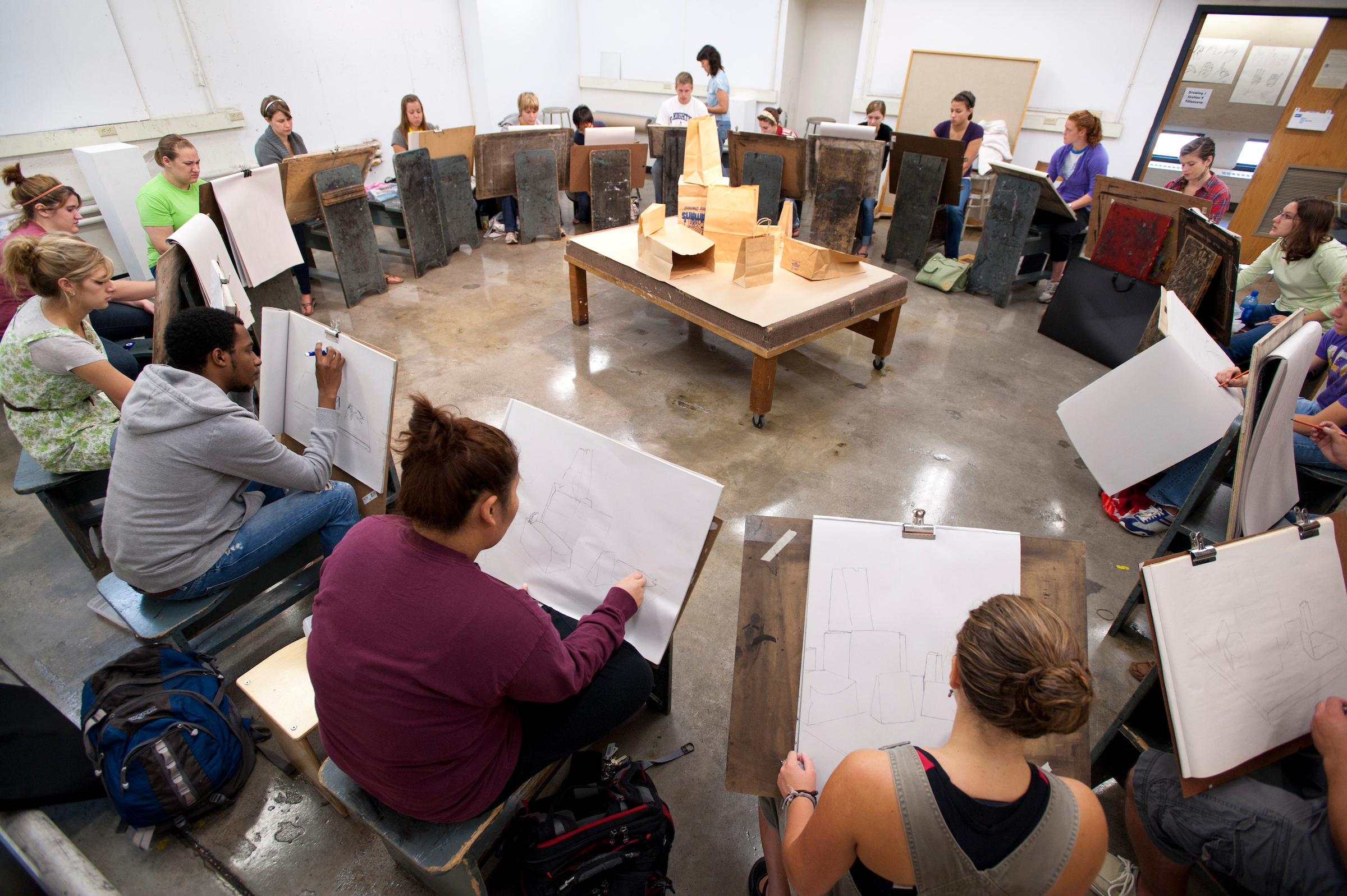
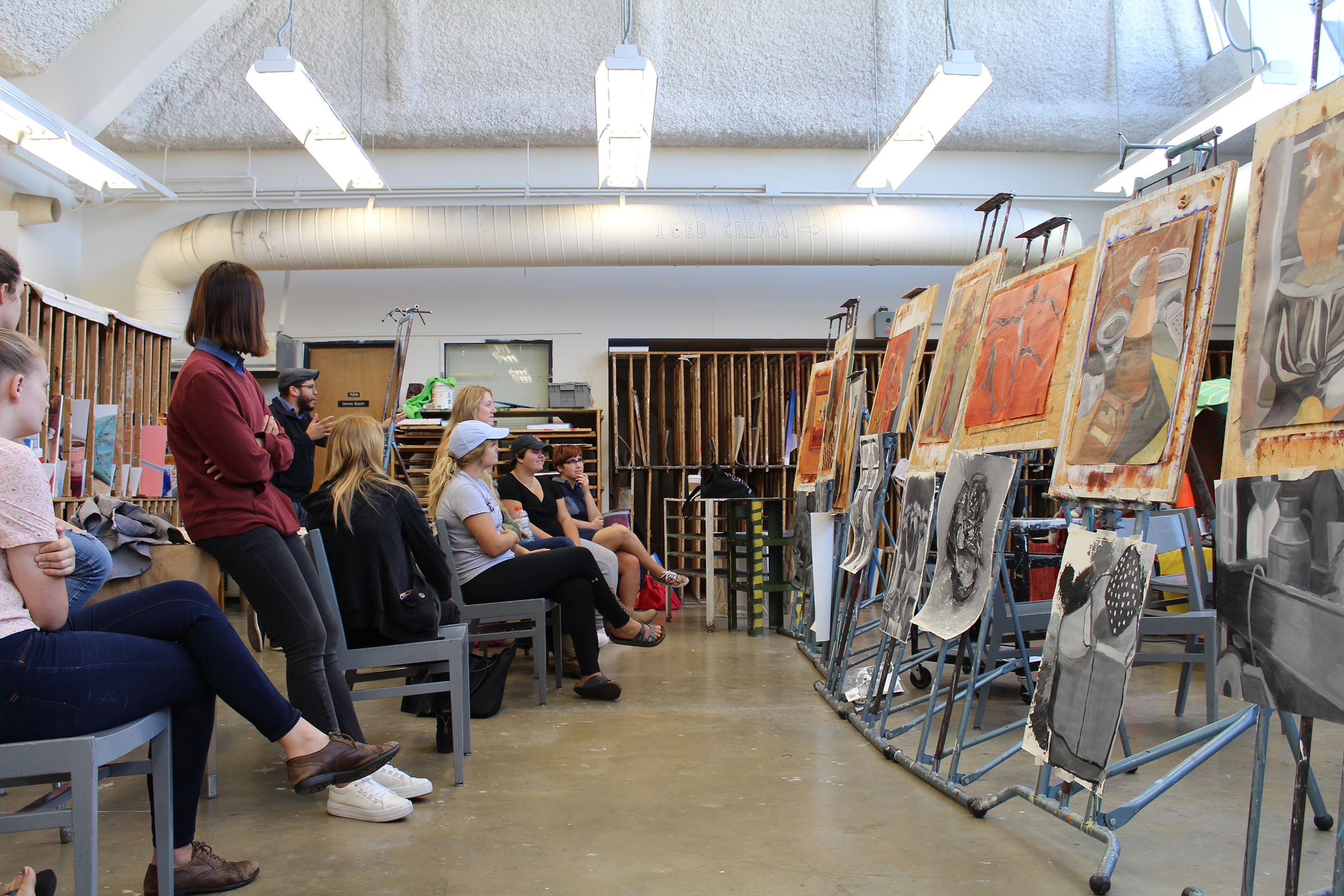

Contemporary Painting
Contemporary painting focuses on conceptual and technical advances in the field. Prominence is placed on the development of the technical and conceptual skills necessary to realize personal vision and critical evaluations as well as the investigation of materials and techniques currently applied by contemporary painters.
Courses
Art 222: Introduction to Painting
Art 322: Intermediate Painting I
Art 522: Advanced Painting I
Art 622: Advanced Undergraduate Painting Workshop
Faculty
Leslie Smith III
Derrick Buisch
Concepts of Figuration
Courses in figuration encourage creative exploration of the “figurative” transmission of the “human condition.” Anthropological, cultural, socio-political, gender, sexual, racial, and dream-life imaging become primary to the understanding of personal or group identity, place, cultural and familial dynamics, sexuality and gender identification. Figurative painting is open to the use of traditional and extreme image making methods including observational, illusionism, fictive representation or other conceptual premises relevant to the successful presentation of privately held concerns. A faculty of specialists offers instruction emphasizing in-depth technical knowledge and utilizing state-of-the-art print equipment in studios designed and outfitted for specific printing techniques. The program stresses skill and technical command with a major emphasis on the development of ideas and concepts.
Courses
Art 452: Intermediate Painting: New Figuration I
Art 552: Advanced Painting: New Figuration II
Art 652: Advanced Painting: New Figuration III
Faculty
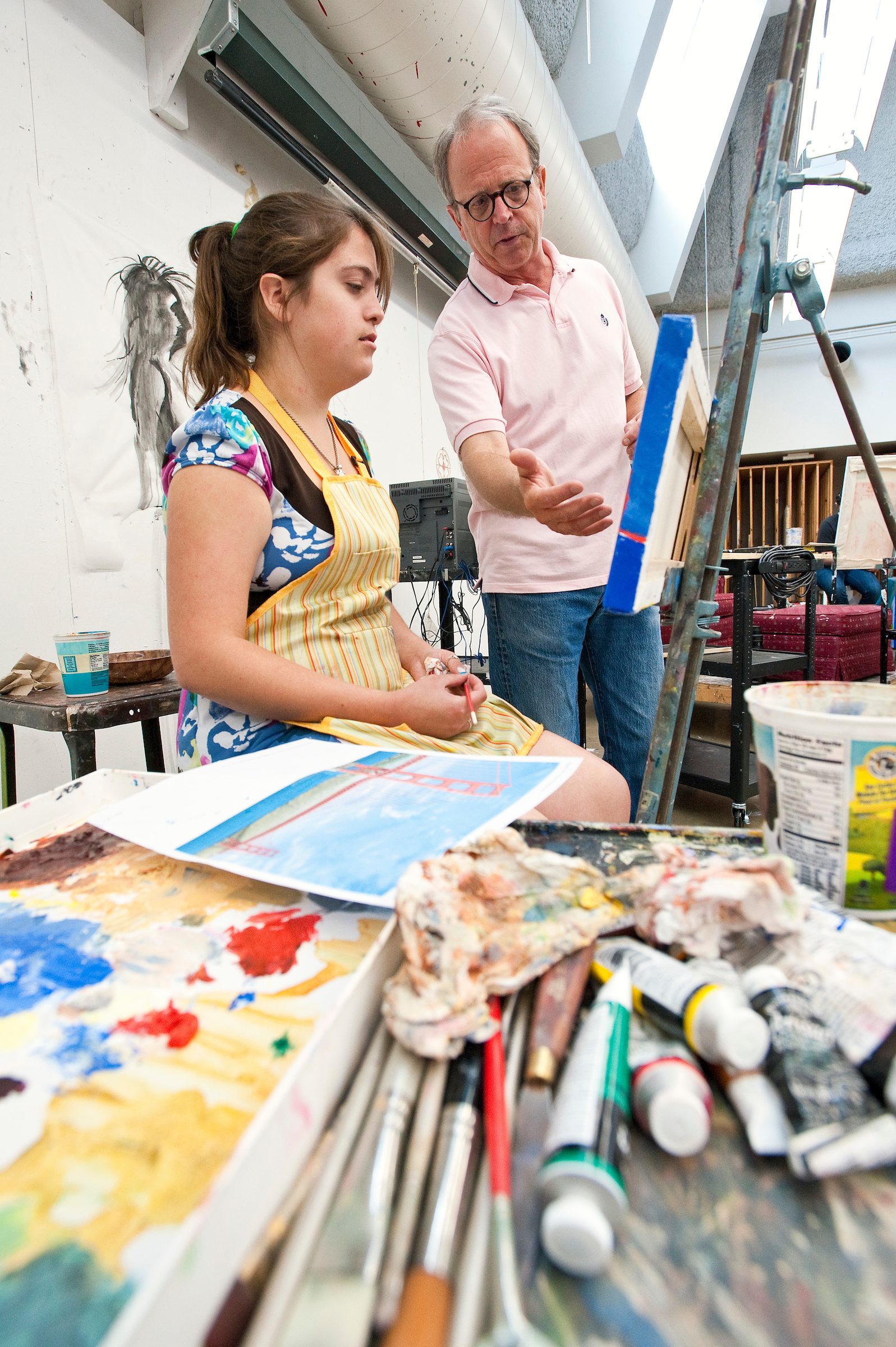
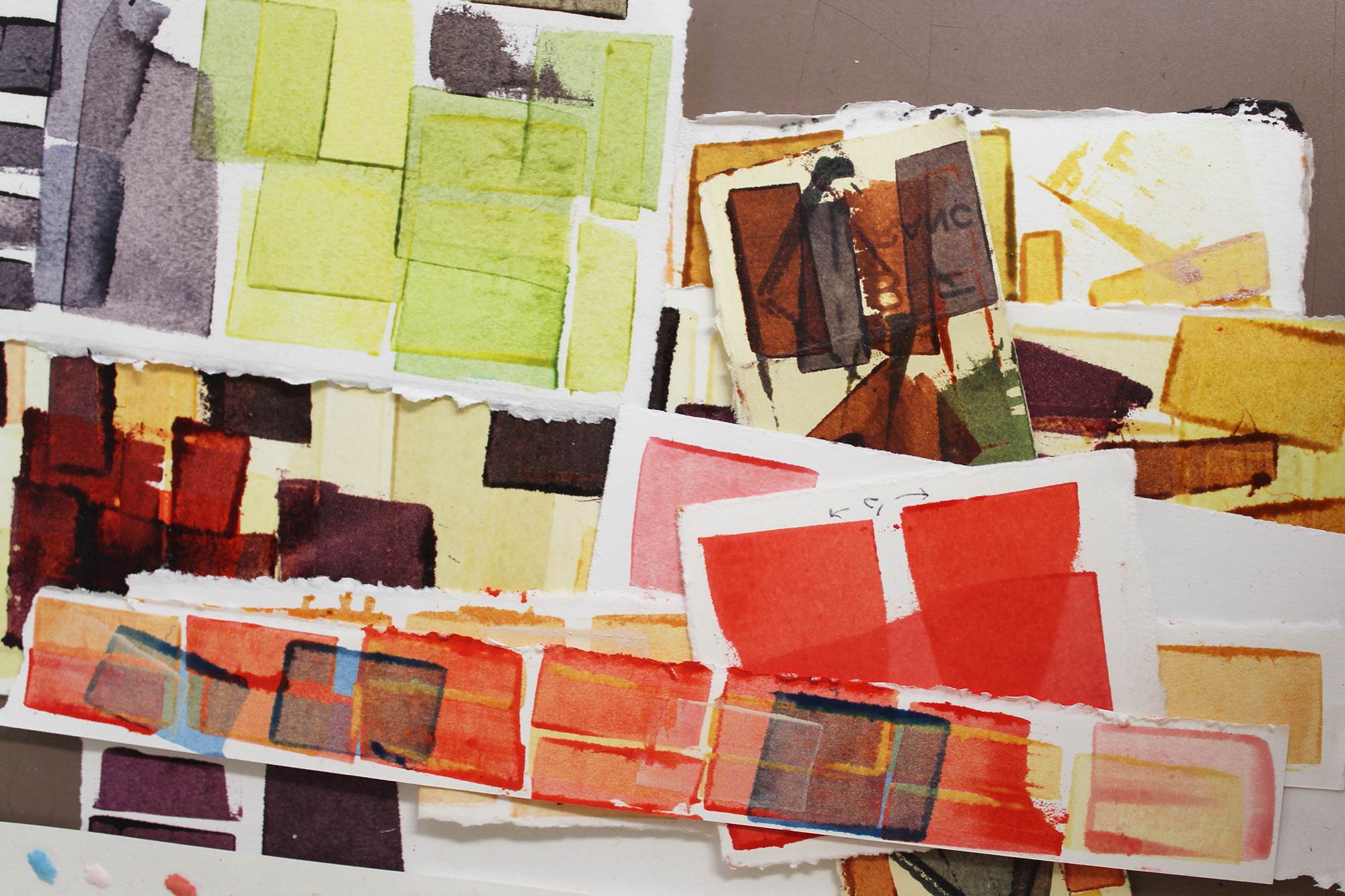

Watercolor & Color
Color phenomena and visual perception is explored as applied in art problems through lectures, readings in theory, philosophy, and history of design. Watercolor explores both experimental and traditional uses of the media painting with watercolor and mixed media on paper, and maintains an emphasis on drawing, composition, and imagination. Advanced courses introduce transparent and opaque watercolor media with focus on personalized studio practice and engagement in constructive criticism.
Courses
Art 302: Color
Art 242: Watercolor I
Art 342: Watercolor II
Art 542: Advanced Watercolor I
Art 642: Advanced Watercolor II
Faculty
Derrick Buisch
Comics
How do writing and pictures combine and interact to make the “something new” in sequential art, graphic novels, cartoons, or just plain old comics—the something that makes us want to pick them up and devour them? Comics introduces students to the formal and conceptual processes used in answering this question. Students immerse themselves in drawing, writing, and constant observation of the world, developing abilities as writers and picture-makers. They explore the role comic-making plays in society and how they’re used in planned or spontaneous storytelling. With the use of strong line drawings, students depict a variety of stories through daily activities, weekly assignments, and a final project. All work is done by hand.
Courses
Art 307: Making Comics I
Art 507: Making Comics II
Lynda Barry
